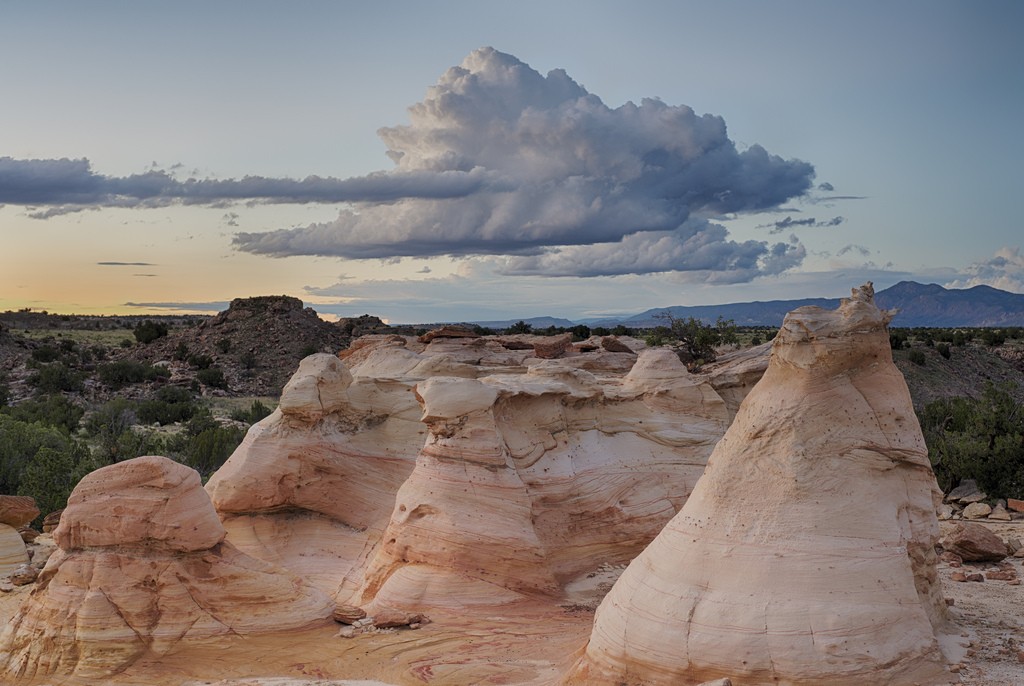Are you familiar with Creek Stewart? He's pretty much a survival expert. And you can thank him for the awesome information listed below. He is incredibly knowledgeable and shares his wealth of brain power with people interested in learning about all things survival. We hope that one day we will be on the same level as Creek!
Survival Skill #1
Locating a Suitable Campsite
“You want to stay high and dry,” Stewart says. Avoid valleys and paths where water may flow toward you (flash floods get their name for a reason—they can deluge a low-lying area in minutes). Choose a campsite free from natural dangers like insect nests and widow-makers—dead branches that may crash down in the middle of the night—as well as falling rocks. Ideally, you want to be close to resources like running water, dry wood (from which you can assemble your shelter and build a fire) and rocky walls or formations that can shield you from the elements.Survival Skill #2
Building a Shelter
Not surprisingly, hypothermia is the number one outdoor killer in cold weather. That means a well-insulated shelter should be your top priority in a prolonged survival situation. To make a simple lean-to, find a downed tree resting at an angle, or set a large branch securely against a standing tree, and stack smaller branches close together on one side. Layer debris, like leaves and moss, across the angled wall. Lastly, insulate yourself from the cold ground–which will draw heat from your warm body–by layering four to six inches of debris to lie on.Survival Skill #[3]
Collecting Water With a Transpiration Bag
Like humans, plants “sweat” throughout the day—it’s a process called transpiration. To take advantage of this clean, pure source of water, put a clear plastic bag over a leafy branch and tie it tightly closed. When you return later in the day, water will have condensed on the inside of the bag, ready to drink.Survival Skill #[4]
Using a Split-tip Gig to Catch Critters
Gigging (hunting with a multi-pronged spear) is the simplest way to catch anything from snakes to fish. Cut down a sapling of about an inch in diameter, and then split the fat end with a knife (or sharp rock) into four equal sections ten inches down. Push a stick between the tines to spread them apart, then sharpen the points. You’ve got an easy-to-use four-pronged spear. Much easier for catching critters than a single sharp point.Survival Skill #[5]
Navigating By Day
If you ever find yourself without a GPS tool (or a simple map and compass) you can still use the sky to find your way. The most obvious method to get a general bearing by day is to look at the sun, which rises approximately in the east and sets approximately in the west anywhere in the world. But you can also use an analog watch to find the north-south line. Just hold the watch horizontally and point the hour hand at the sun. Imagine a line running exactly midway between the hour hand and 12 o’clock. This is the north-south line. On daylight savings? Draw the line between the hour hand and one o’clock.
To read more about these situations that you need to master, click here. Creek Steward is full of useful information, so we highly recommend it!
What about you? What are some situations you feel every survivalist should be prepared for?
Are there any tips or tricks of the trade you'd like to share with us? We would love to hear from you!
Original Photo Source: John Fowler
